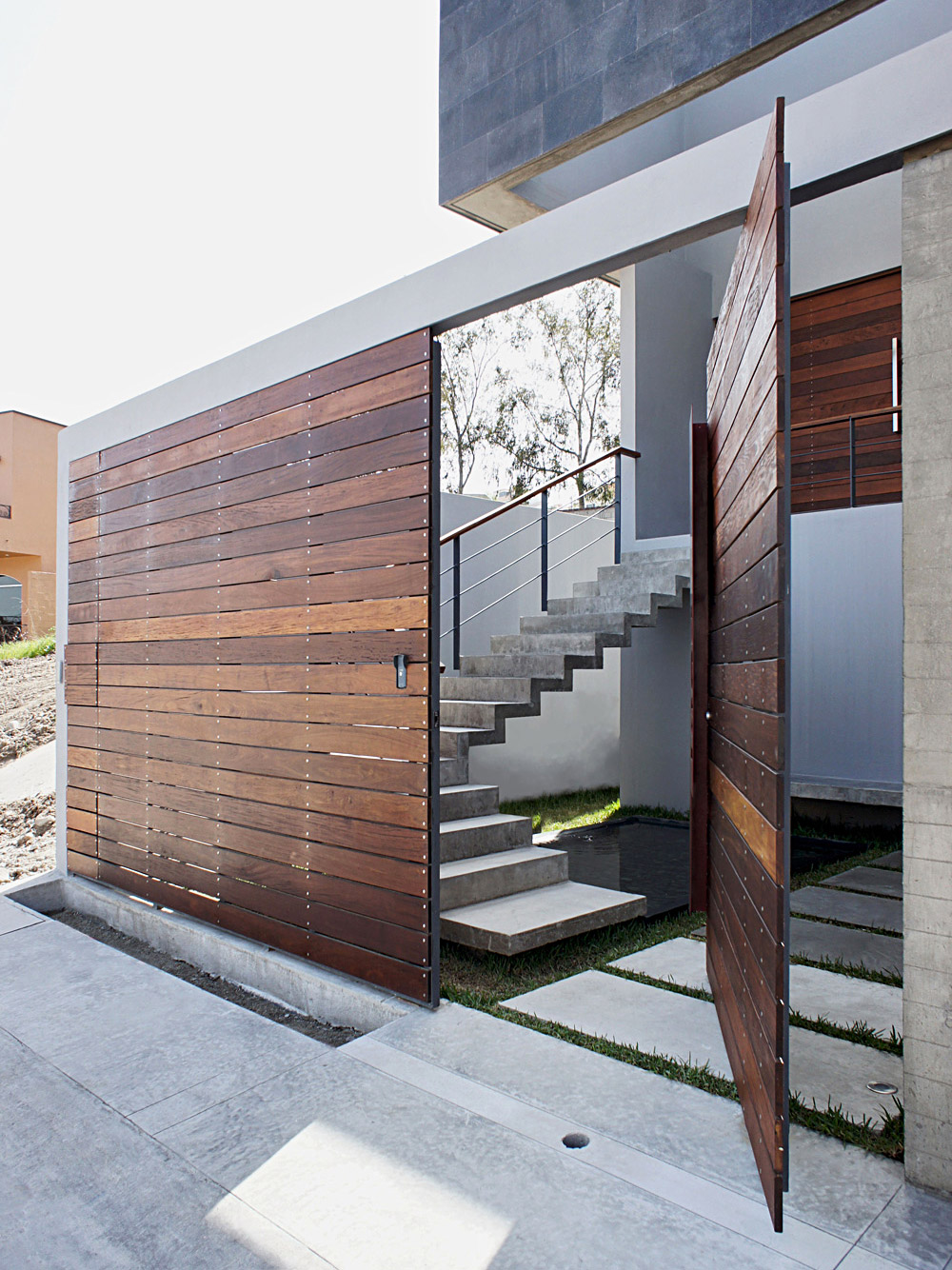The creative possibilities are endless.
You may have seen in architectural magazines, on Instagram or on finer homes around town a new type of door that’s slightly larger, heavier looking and has a unique swing pattern. That’s because over the last five years or so architects and designers are turning to pivot doors more and more in their designs. Given their modern, sophisticated and effortless look, front doors can now act as pieces of architecture in and of themselves.
But what makes a pivot door different? … It’s in the technology.
Pivot doors don’t rely on traditional butt hinges attached to the door frame. The door pivots or swings on a single axis within the door, which distributes the door’s weight more evenly. Traditional hinge doors can typically be no larger than about 42”; but with the pivot door’s interior spindle and pivot box, doors can be wider, taller, heavier and more ornate. Woods, metals, glass, stone and large-scale hardware can adorn the door without fear of warping.
But perhaps its greatest appeal is the pivot door’s ability to open up the outdoors to the home’s interior. With bigger doors comes bigger openings, which can seamlessly blend the inside with the outside—a lifestyle touch that defines the contemporary home.
Each pivot door incorporates different materials and places the spindle at slightly different locations within the door giving the opening a unique effect. We’ve seen pivot doors in all kinds of applications, both exterior and interior, commercial and residential, but we’ve noticed with our clients that the entryway pivot door has the biggest design impact.


















